First Camping Trip? Safety Tips for Beginners
This article provides essential safety tips for novice campers to ensure a fun and secure outdoor experience. Learn how to prepare, stay safe, and enjoy nature responsibly. If you're gearing up for your first camping trip, you're probably feeling a mix of excitement and anxiety. Don't worry; that's completely normal! Camping is a fantastic way to connect with nature, but it does come with its own set of challenges. With the right preparation and knowledge, you can turn your adventure into a memorable experience rather than a stressful one. So, let's dive into the essential safety tips that every beginner camper should know!
Effective planning is crucial for a successful camping experience. Think of it as laying the groundwork for your adventure. First things first, you need to select the right location. Are you looking for a serene lakeside spot, or do you prefer the thrill of the mountains? Each location offers unique experiences, so choose one that aligns with your interests. Next, understanding the weather conditions is vital. A sunny day can quickly turn into a downpour, so check the forecast before you head out. And don’t forget to pack a checklist! This will ensure you have everything you need, from your tent to your favorite snacks. Here’s a quick checklist to get you started:
- Tent and sleeping gear
- Cooking supplies
- First aid kit
- Clothing suitable for the weather
- Food and water
Having the right gear can make or break your camping trip. Imagine trying to sleep on the hard ground without a proper sleeping bag or cooking over a campfire without the right tools. It’s not just inconvenient; it can also be unsafe. Here, we discuss must-have equipment, including tents, sleeping bags, cooking supplies, and safety items to ensure comfort and security in the wild. Each piece of gear plays a critical role in your overall experience, so let’s break it down!
Selecting the appropriate tent is vital for shelter and comfort. You wouldn’t want to sleep under the stars when it starts to rain, right? Consider factors like size, weight, and weather resistance when choosing your tent. For example, if you’re camping with family, a larger tent with multiple rooms might be ideal. On the other hand, solo campers might prefer a lightweight backpacking tent that’s easy to carry. Also, remember to practice setting up your tent at home before your trip. This way, you won’t be fumbling around in the dark, trying to figure it out!
A good sleeping bag can enhance your camping experience. Think of it as your cozy cocoon in the wilderness. When shopping for a sleeping bag, pay attention to features such as insulation types, temperature ratings, and sizes. For instance, if you’re camping in colder weather, look for a sleeping bag with down insulation and a lower temperature rating. The right sleeping bag will not only keep you warm but also ensure you wake up refreshed and ready for a day of adventure!
Cooking while camping requires careful planning. You can’t just whip up a meal like you do at home. Here, we discuss essential cooking gear, food safety tips, and methods to minimize fire hazards while preparing meals in the great outdoors. Make sure to pack a portable stove, cookware, and utensils. And don’t forget about food safety! Always keep perishable items in a cooler and cook your food thoroughly to avoid any unpleasant surprises. Remember, a well-fed camper is a happy camper!
Understanding basic first aid is essential for any camper. You never know when a scrape or a bug bite might occur. This section provides an overview of common injuries, how to treat them, and the importance of packing a first aid kit for emergencies. A well-stocked first aid kit should include band-aids, antiseptic wipes, pain relievers, and any personal medications. Familiarize yourself with basic first aid techniques, and you’ll feel more confident tackling any minor mishaps that come your way.
Safety in the outdoors is paramount. It’s not just about having fun; it’s about ensuring you can enjoy your adventure without unnecessary risks. Here we cover topics like wildlife encounters, navigation tips, and how to recognize and avoid potential hazards to ensure a secure camping experience. Remember, the wilderness is beautiful but can also be unpredictable. Being prepared is your best defense against the unexpected!
Encountering wildlife can be thrilling but also dangerous. Imagine coming face-to-face with a curious bear or a sneaky raccoon! This subheading offers guidelines on how to behave during wildlife sightings and tips for avoiding unwanted encounters while camping. Always store your food securely and make noise while hiking to avoid surprising animals. If you do encounter wildlife, keep your distance and never feed them. Respecting their space is crucial for your safety and theirs!
Getting lost can be a significant concern for new campers. It’s like wandering through a maze without a map. This section provides insights on using maps, compasses, and GPS devices to navigate safely and confidently in unfamiliar terrain. Always carry a physical map as a backup, even if you have a GPS. Technology can fail, but a good old-fashioned map won’t let you down. Practice reading maps before your trip so you can confidently find your way, even if the signal drops!
Q: What should I pack for my first camping trip?
A: Essential items include a tent, sleeping bag, cooking supplies, food, water, and a first aid kit. Don’t forget clothing suitable for the weather!
Q: How do I choose a safe camping location?
A: Look for established campsites that are away from hazards like cliffs and water bodies. Ensure you have permission to camp in the area.
Q: What should I do if I encounter wildlife?
A: Stay calm, back away slowly, and never approach or feed the animal. Make noise while hiking to avoid surprising wildlife.
Q: How can I navigate in the wilderness?
A: Use a combination of physical maps, compasses, and GPS devices. Always have a backup plan in case technology fails.
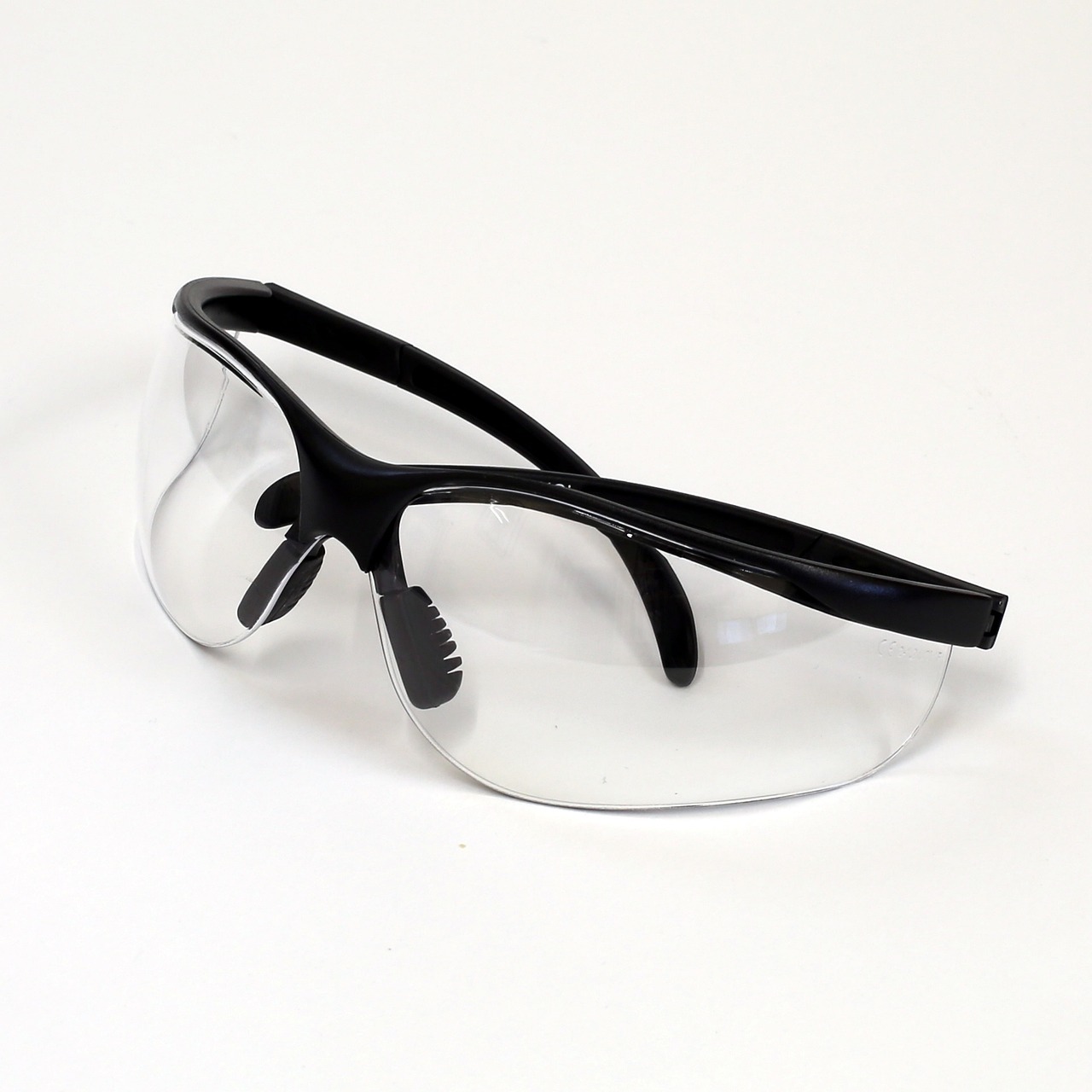
Planning Your Camping Trip
Effective planning is crucial for a successful camping experience. Imagine heading out into the wild, surrounded by nature's beauty, only to realize you forgot essential gear or misjudged the weather. That’s a recipe for disaster! To avoid such pitfalls, it's important to take a few key steps before you even set foot on the trail. First, selecting the right location can make all the difference. Whether you prefer the serene lakeside or the rugged mountains, your choice should align with your skill level and comfort. Researching campgrounds in advance can provide insights into amenities, regulations, and the terrain you'll encounter.
Next, understanding the weather conditions is vital. Weather can change rapidly, especially in mountainous areas. Checking forecasts and being prepared for unexpected changes can save you from discomfort or danger. For instance, if rain is predicted, packing waterproof gear and planning indoor activities can keep your spirits high. To help you stay organized, creating a checklist is a smart move. This checklist should include all the essentials you'll need for your trip, such as:
- Tent and sleeping gear
- Cooking supplies and food
- Clothing suitable for various weather conditions
- First aid kit
- Navigation tools
A comprehensive checklist not only ensures you don’t forget anything but also helps you pack efficiently. As you prepare, consider the duration of your trip and the activities you'll engage in. Will you be hiking, fishing, or just relaxing by the campfire? Tailoring your gear to your planned activities will enhance your experience and keep you comfortable.
Lastly, don’t forget to inform someone about your plans. Share your itinerary with a friend or family member, including your expected return date. This simple act can provide peace of mind and ensure that someone knows where to look if things go awry. Remember, preparation is the key to a memorable and enjoyable camping trip!
Q: What should I do if I encounter bad weather while camping?
A: If bad weather strikes, seek shelter in your tent or a designated area. Stay informed about the weather updates and avoid outdoor activities until conditions improve. Always have a backup plan for indoor activities.
Q: How can I ensure my campsite is safe from wildlife?
A: Store food in bear-proof containers and keep your campsite clean. Avoid cooking near your sleeping area and use proper food storage techniques to minimize attracting wildlife.
Q: Is it necessary to have a first aid kit while camping?
A: Absolutely! A first aid kit is essential for treating minor injuries and ensuring safety during your trip. Make sure to include items like band-aids, antiseptics, and any personal medications.
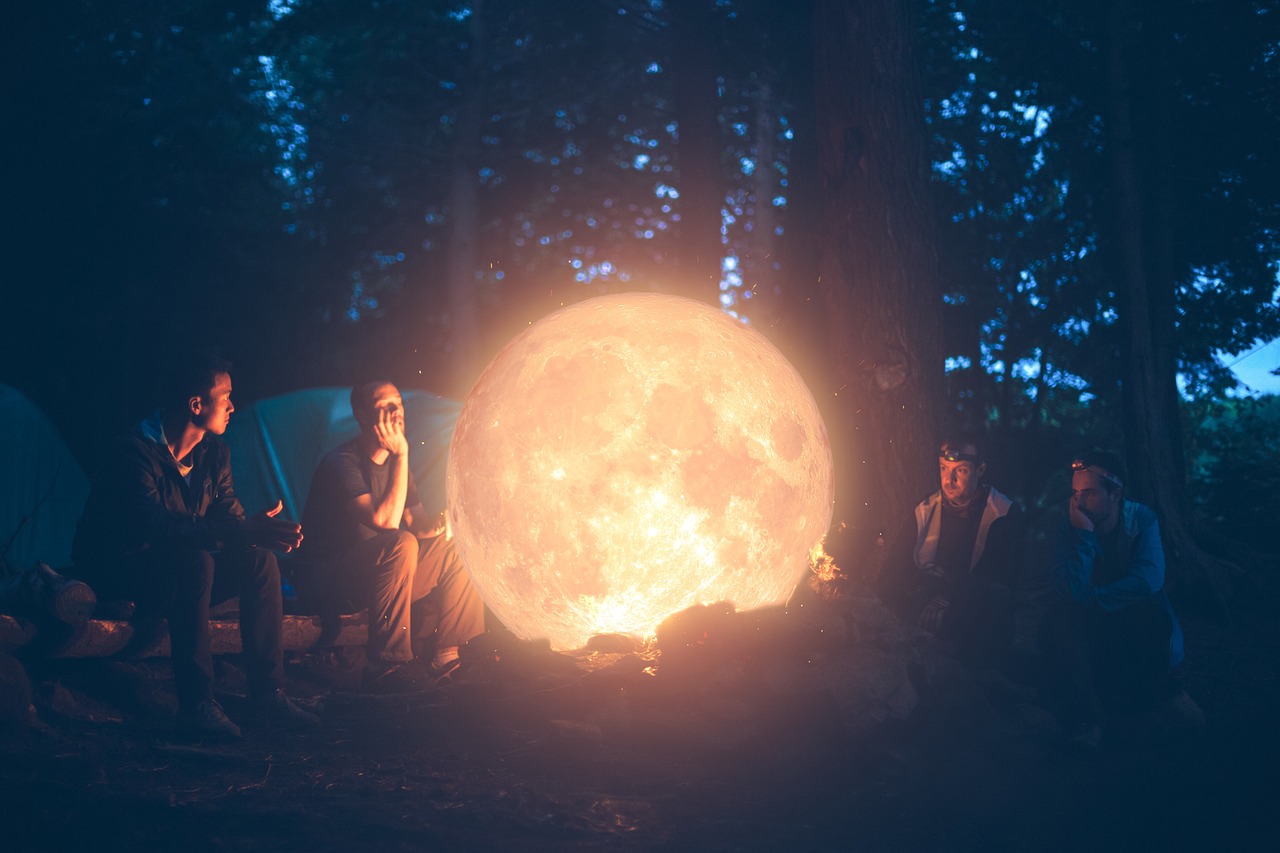
Essential Gear and Equipment
When it comes to camping, having the right gear can truly make or break your experience. Imagine setting up your tent only to find that it's missing poles or realizing you forgot your sleeping bag on a chilly night under the stars—yikes! To avoid these camping catastrophes, it’s crucial to pack thoughtfully and ensure you have all the essentials. Whether you’re a newbie or just need a refresher, let’s dive into the must-have equipment that will keep you comfortable, safe, and ready for adventure.
First and foremost, tents are your primary shelter against the elements. Choosing the right tent is like picking the perfect home for your camping trip. You want something that not only fits your group size but also stands up to the weather conditions you might face. Consider factors like the tent’s waterproof rating, ventilation, and ease of setup. A well-ventilated tent can prevent condensation buildup, which is crucial for a good night’s sleep. And don’t forget to practice setting it up at home; it’s much easier than fumbling in the dark!
There are various types of tents available, and knowing which one suits your needs is vital. Here’s a quick breakdown:
| Type of Tent | Ideal For | Key Features |
|---|---|---|
| Dome Tents | General camping | Easy setup, good wind resistance |
| Backpacking Tents | Hiking trips | Lightweight, compact |
| Family Tents | Group camping | Spacious, multiple rooms |
| Pop-up Tents | Quick setups | Instant setup, less durable |
Next up, let’s talk about sleeping bags. A good sleeping bag is like a warm hug after a long day of hiking. When choosing one, consider the temperature rating, insulation type, and size. Down insulation is lightweight and compressible, making it great for backpackers, while synthetic insulation is excellent for wet conditions. Here are some key features to keep in mind:
- Temperature Rating: Ensure it matches the climate you’ll be camping in.
- Shape: Mummy bags are great for warmth, while rectangular bags offer more space.
- Weight: If you’re hiking, look for lightweight options.
Cooking while camping can be an enjoyable experience, but it requires careful planning. You’ll need a portable stove, cooking utensils, and a cooler for perishable items. Don’t forget about food safety; always pack your food in airtight containers to keep it fresh and avoid attracting wildlife. When it comes to fire safety, ensure you have a fire extinguisher or a bucket of water nearby when cooking over an open flame. It’s always better to be safe than sorry!
Finally, let’s not overlook the importance of packing a first aid kit. Accidents can happen, even in the great outdoors. Make sure your kit includes band-aids, antiseptic wipes, pain relievers, and any personal medications you might need. Knowing basic first aid can be a lifesaver, so take some time to familiarize yourself with common injuries and their treatments.
In summary, having the right gear is essential for a successful camping trip. By choosing the appropriate tent, sleeping bag, cooking supplies, and first aid essentials, you’ll be well-prepared for your adventure. Remember, the goal is to enjoy the beauty of nature while feeling safe and comfortable.
Q: What is the most important gear for a beginner camper?
A: The most important gear includes a reliable tent, a warm sleeping bag, and a portable cooking stove. These essentials will help ensure comfort and safety during your trip.
Q: How do I choose the right sleeping bag?
A: Look for a sleeping bag that matches the climate you’ll be camping in, considering the temperature rating, insulation type, and size. A mummy bag is ideal for warmth, while a rectangular bag provides more space.
Q: What should I pack in my first aid kit?
A: Your first aid kit should include band-aids, antiseptic wipes, pain relievers, gauze, and any personal medications. Familiarize yourself with basic first aid procedures for common injuries.
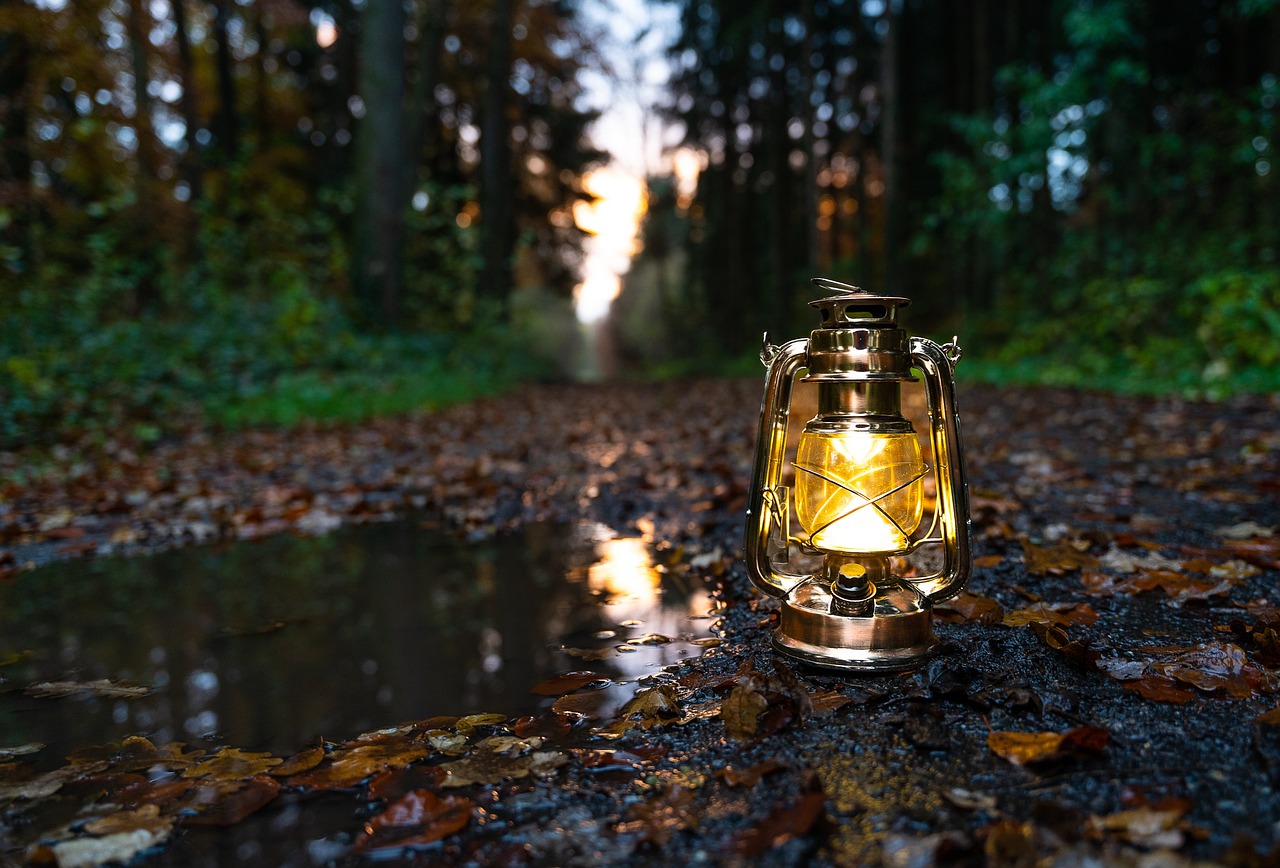
Choosing the Right Tent
When it comes to camping, one of the most critical decisions you'll make is . Your tent is not just a shelter; it's your home away from home in the great outdoors. Imagine it as your cozy cocoon, protecting you from the elements while you enjoy the beauty of nature. The right tent can make your camping experience comfortable and enjoyable, while the wrong choice can lead to sleepless nights and a less-than-ideal adventure.
First, consider the size of the tent. Tents come in various sizes, typically designed to accommodate a specific number of people. If you're camping solo, a two-person tent might suffice, but if you're bringing the whole family, you'll want something larger. Remember, it's not just about sleeping space; you'll also need room for your gear. A good rule of thumb is to choose a tent that offers at least one extra person’s worth of space for comfort.
Next, think about the seasonality of your tent. Tents are generally categorized into three types: three-season, four-season, and convertible. A three-season tent is perfect for spring, summer, and fall, providing adequate ventilation and protection against light snow. If you're planning to camp in winter or in extreme weather conditions, a four-season tent is a must. These tents are built to withstand harsh conditions, featuring sturdier materials and designs that keep you warm and dry. Convertible tents offer flexibility, allowing you to adapt the tent for different seasons.
Another important factor to consider is the tent material. Most tents are made from either polyester or nylon, with varying levels of waterproofing. Look for tents with a waterproof rating of at least 1500 mm for adequate rain protection. Additionally, consider the tent's floor material; a durable, waterproof floor can prevent moisture from seeping in, keeping you dry during your stay.
Don’t forget about the setup process. Some tents are easier to pitch than others, and if you're a novice camper, you’ll want something that can be set up quickly and without too much hassle. Look for tents that feature color-coded poles and clips for easy assembly. A pop-up tent might also be a good option for beginners, as they can be set up in seconds.
Finally, consider the additional features that can enhance your camping experience. Many modern tents come with built-in features such as vestibules for extra storage, multiple entrances for convenience, and even screened-in porches to keep bugs at bay. Some tents also offer UV protection and are designed to be lightweight for backpacking. Think about what features are most important to you and your camping style.
In summary, choosing the right tent involves considering size, seasonality, material, ease of setup, and additional features. By taking the time to evaluate these factors, you can find a tent that suits your needs and enhances your camping adventure. Remember, your tent is your sanctuary in the wilderness, so make sure it's a place where you feel safe and comfortable.
- What size tent do I need for camping? It depends on how many people will be sleeping in it and if you need extra space for gear. A good rule of thumb is to choose a tent that accommodates one more person than you plan to have.
- Can I use a three-season tent in winter? While it may provide some protection, a three-season tent is not designed for heavy snowfall or extreme winter conditions. For winter camping, opt for a four-season tent.
- How do I maintain my tent? Keep your tent clean, dry, and stored properly when not in use. Regularly check for tears or damage and repair them promptly to prolong its life.
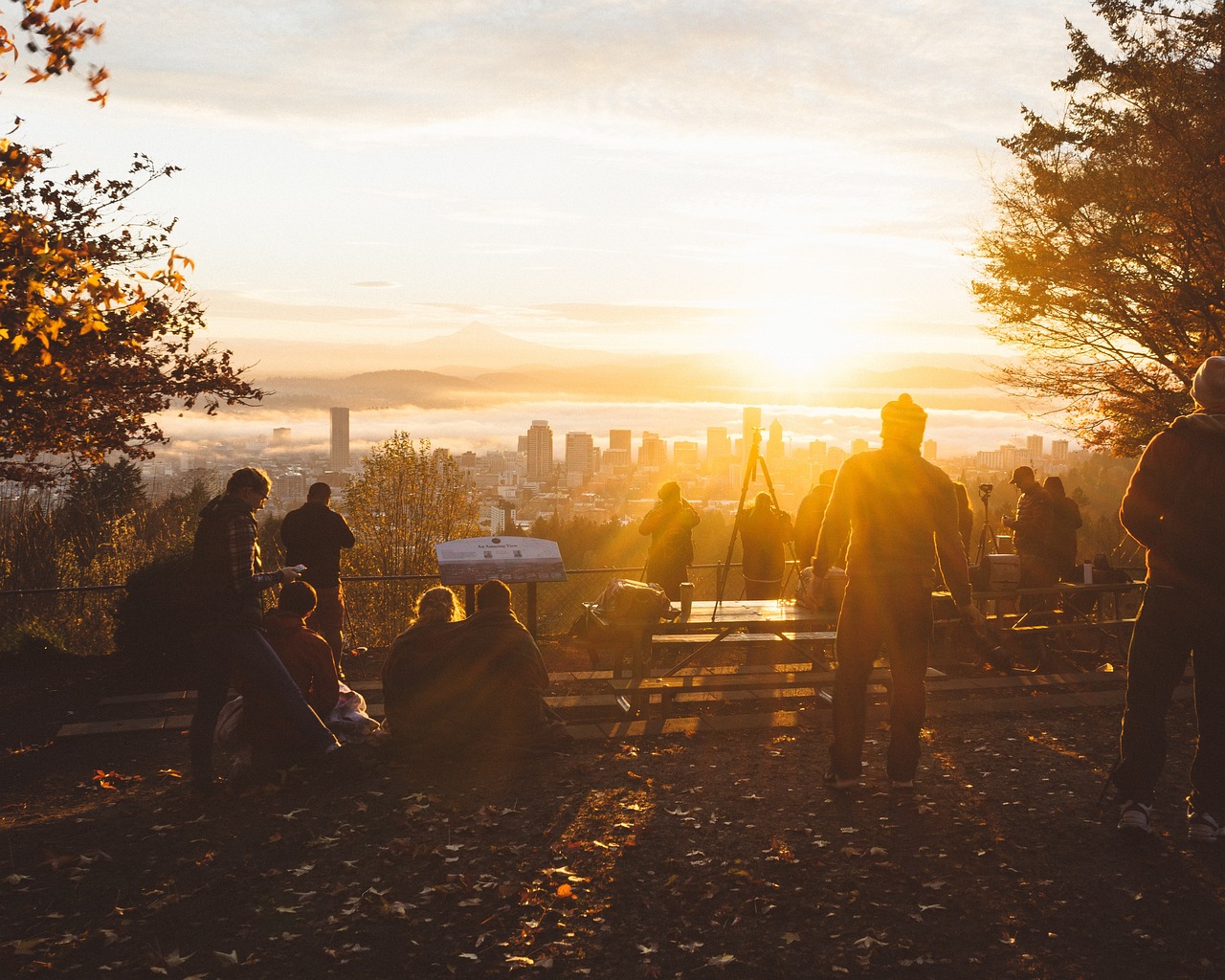
Sleeping Bags: What to Look For
When it comes to camping, a good night's sleep can be the difference between a fantastic adventure and a miserable experience. Choosing the right sleeping bag is essential for ensuring warmth, comfort, and restfulness during your outdoor escapades. But with so many options available, how do you know what to look for? Let’s dive into the critical features that make a sleeping bag suitable for your needs.
First and foremost, you'll want to consider the insulation type. Sleeping bags typically come with either synthetic or down insulation. Synthetic bags are great for wet conditions as they retain warmth even when damp. On the other hand, down sleeping bags are lightweight and packable, offering superior warmth-to-weight ratios. However, they can be pricier and less effective when wet. If you plan on camping in a variety of conditions, you might even consider having one of each!
Next up is the temperature rating. This rating indicates the lowest temperature at which the sleeping bag will keep you warm. Most sleeping bags come with a comfort rating and a lower limit rating. The comfort rating is the temperature at which an average sleeper will be comfortable, while the lower limit is the minimum temperature at which the bag will keep a sleeper warm. As a rule of thumb, always choose a sleeping bag with a temperature rating lower than the coldest temperatures you expect to encounter. This way, you can rest easy knowing you’ll stay warm even on chilly nights.
Size matters too! Sleeping bags come in various shapes and sizes, from rectangular to mummy-shaped designs. Mummy bags are designed to hug your body, minimizing dead air space and enhancing warmth, making them ideal for colder conditions. Rectangular bags, on the other hand, offer more room to move around and can be unzipped into a blanket, but they may not provide the same level of warmth. Choose a shape that fits your sleeping style and comfort preferences. Remember, a snug fit generally translates to better insulation!
Don’t forget about the features! Look for sleeping bags with features like draft collars, which help keep the warm air in, and hoods that can be cinched for extra warmth around your head. Additionally, consider bags with pockets for storing small items and zippers that can be opened from both sides for ventilation. Some bags even come with waterproof shells, which can be a lifesaver if you encounter unexpected rain.
Lastly, it’s always a good idea to read reviews and do a bit of research before making a purchase. Check for user feedback on comfort, durability, and warmth. You might also want to try out sleeping bags at a store if possible. After all, nothing beats the chance to test it out before you hit the trails!
In summary, when selecting a sleeping bag for your camping adventure, remember to consider insulation type, temperature ratings, size, and additional features. Making an informed choice will ensure that you stay cozy and well-rested, ready to embrace the beauty of nature each day. Happy camping!
- What is the best insulation type for a sleeping bag? It depends on your needs. Synthetic insulation is great for wet conditions, while down insulation offers superior warmth and packability.
- How do I choose the right temperature rating? Always select a sleeping bag with a temperature rating lower than the coldest temperatures you expect to encounter.
- Can I use a rectangular sleeping bag for cold weather? Yes, but it may not keep you as warm as a mummy-shaped bag. Consider adding extra layers for insulation.
- Are there sleeping bags that are waterproof? Yes, some sleeping bags come with waterproof shells, which are excellent for unexpected rain.
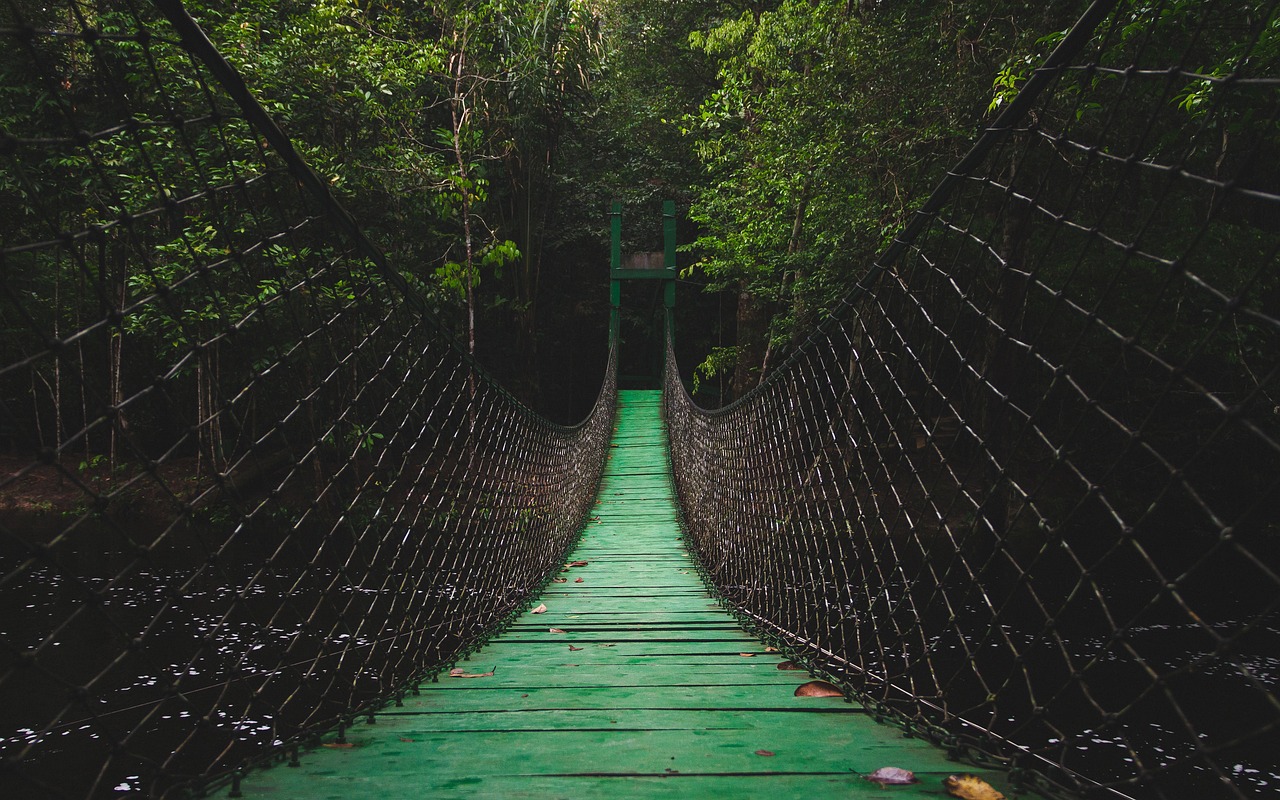
Cooking Supplies and Safety
When you're out in the wild, cooking can become one of the most delightful experiences, turning simple meals into cherished memories. However, it's essential to approach this task with a mix of excitement and caution. First things first, let's talk about the essential cooking gear you need to pack for your camping trip. A portable stove or a campfire setup is a must, as it allows you to prepare hot meals regardless of the weather. Don't forget to bring along a sturdy pot and pan, which can serve multiple purposes, from boiling water to frying up a delicious breakfast.
Equipping yourself with the right utensils is equally important. A good set of cooking tools, including spatulas, tongs, and knives, can make a world of difference. Imagine trying to flip a pancake with your bare hands—sounds messy, right? Additionally, consider investing in a multi-tool that combines various functions into one handy device. It’s like having a Swiss Army knife for your culinary adventures!
Next up, let’s talk about food safety. When camping, you must be vigilant about keeping your food safe from spoilage and contamination. Always pack your food in airtight containers to keep it fresh. If you're bringing perishable items, a cooler with ice packs can be your best friend. Remember, the last thing you want is to bite into a spoiled sandwich after a long day of hiking!
While cooking, it's crucial to minimize fire hazards. Here are some safety tips to keep in mind:
- Always cook at least 10 feet away from your tent or any flammable materials.
- Never leave your cooking area unattended—especially if you’re using a campfire.
- Keep a bucket of water or a fire extinguisher nearby, just in case things get out of hand.
After enjoying your meal, don’t forget about the cleanup. Leaving food scraps around can attract unwanted wildlife, which can lead to dangerous encounters. Make sure to pack out what you pack in, and dispose of waste properly. Consider using biodegradable soap to wash your dishes, ensuring you’re being kind to the environment.
In conclusion, cooking while camping can be a fantastic experience if done safely and thoughtfully. With the right supplies and precautions, you can enjoy delicious meals under the stars while ensuring your safety and that of the wildlife around you. So, gear up, stay safe, and let those campfire meals become the highlight of your outdoor adventures!
Q: What cooking supplies do I need for a weekend camping trip?
A: For a weekend trip, you should pack a portable stove or campfire setup, pots and pans, utensils, a multi-tool, and a cooler for perishable items.
Q: How can I ensure my food stays safe while camping?
A: Keep food in airtight containers, use a cooler for perishables, and avoid leaving food scraps around your campsite to prevent attracting wildlife.
Q: What should I do if I encounter wildlife while cooking?
A: Stay calm and avoid approaching the animal. Make noise to scare it away, and ensure that all food is stored securely to prevent attracting wildlife.
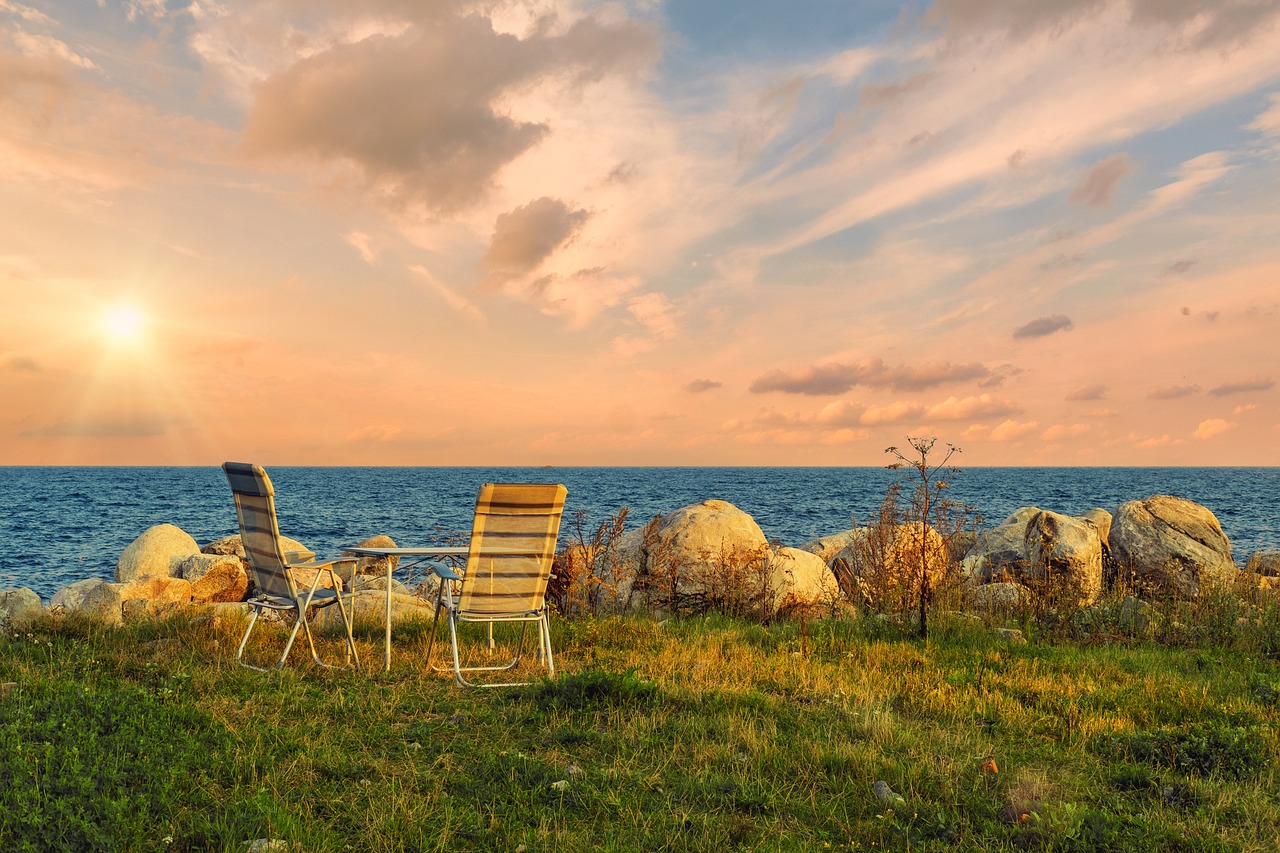
Basic First Aid Knowledge
When you're out in the wild, the last thing you want is to face an injury without knowing how to handle it. That's where comes into play. Think of it as your survival toolkit, ready to spring into action when needed. Whether you're dealing with a minor scrape or a more serious issue, having a grasp of first aid can not only save the day but also give you peace of mind while you explore the great outdoors.
First off, it’s essential to pack a well-stocked first aid kit. This kit should include items like adhesive bandages, antiseptic wipes, gauze pads, adhesive tape, and a pair of scissors. You might also want to include items such as tweezers for splinter removal, pain relievers, and any personal medications you might need. Here's a quick overview of what to include:
| Item | Purpose |
|---|---|
| Adhesive Bandages | For minor cuts and scrapes |
| Antiseptic Wipes | To clean wounds and prevent infection |
| Gauze Pads | For larger wounds that need coverage |
| Adhesive Tape | To secure gauze pads in place |
| Scissors | For cutting tape, gauze, or clothing |
| Tweezers | For removing splinters or ticks |
| Pain Relievers | For headaches or minor aches |
Now, let’s talk about some common injuries you might encounter while camping and how to treat them. For instance, if you get a cut, the first step is to clean it with water and soap, then apply an antiseptic wipe before covering it with a bandage. This simple action can prevent infection and promote healing. If you encounter a more serious injury, such as a sprain, remember to follow the R.I.C.E method: Rest, Ice, Compression, and Elevation. This method can help reduce swelling and alleviate pain.
Understanding how to recognize symptoms of more severe conditions, like heat exhaustion or hypothermia, is equally important. Heat exhaustion can sneak up on you, especially on a hot day. Symptoms include heavy sweating, weakness, and dizziness. If you notice these signs, get to a cooler place, hydrate, and rest. On the flip side, hypothermia can occur in cooler weather or if you’re wet. Symptoms to watch for include confusion, shivering, and slurred speech. If you suspect hypothermia, it’s crucial to warm the person gradually and seek medical help if necessary.
Finally, it’s worth mentioning that while knowing first aid is invaluable, nothing beats being prepared. Always familiarize yourself with the area you’re camping in and the potential risks associated with it. For example, if you're in bear country, knowing how to react during a bear encounter can be a lifesaver. Being informed and prepared is your best defense against the unexpected.
Q: What should I include in my first aid kit for camping?
A: Your first aid kit should include adhesive bandages, antiseptic wipes, gauze pads, adhesive tape, scissors, tweezers, pain relievers, and any personal medications you may need.
Q: How do I treat a sprain while camping?
A: Use the R.I.C.E method: Rest, Ice, Compression, and Elevation. This can help reduce swelling and pain.
Q: What are the signs of heat exhaustion?
A: Look for heavy sweating, weakness, dizziness, and nausea. If you notice these symptoms, move to a cooler area, hydrate, and rest.
Q: How can I prevent hypothermia while camping?
A: Dress in layers, stay dry, and avoid getting wet. If you start to feel cold, seek shelter and warm up gradually.
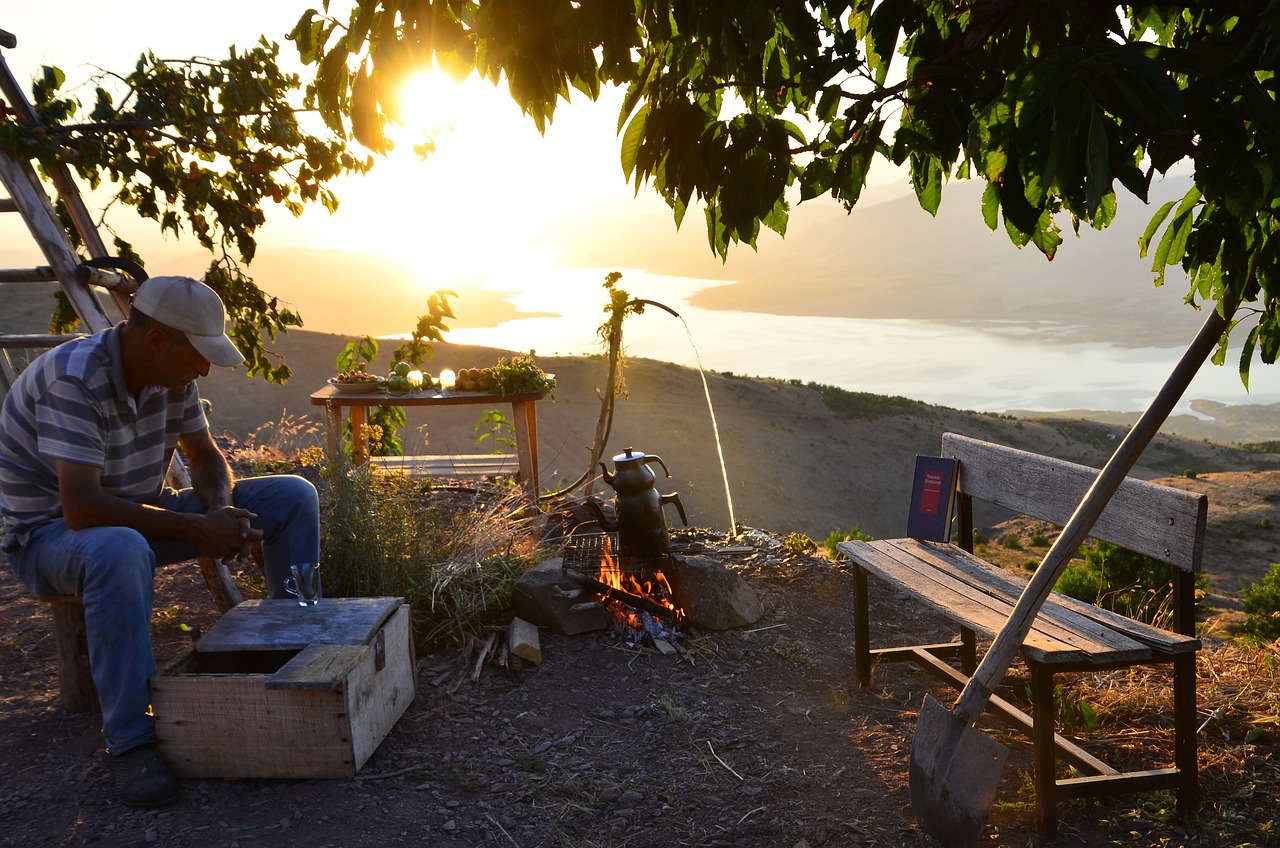
Staying Safe in the Wilderness
When you step into the wilderness, it’s like entering a whole new world, filled with beauty and adventure. But, just as you wouldn’t dive into the ocean without knowing how to swim, you shouldn’t venture into the wild without understanding the safety measures that keep you secure. Staying safe while camping is crucial, not just for your own well-being but also for the enjoyment of those around you. So, let’s dive into some essential safety tips that will help you navigate the great outdoors with confidence.
First and foremost, it’s vital to be aware of your surroundings. Nature can be unpredictable. Imagine walking through a serene forest, only to stumble upon a sudden drop or a patch of slippery rocks. Keeping your eyes peeled for potential hazards is key. Look out for uneven terrain, sudden weather changes, and any signs of wildlife. Speaking of wildlife, let’s address how to handle those thrilling yet potentially dangerous encounters. If you come across a bear or a moose, remember: stay calm. Back away slowly, avoid direct eye contact, and never run. It can be helpful to carry bear spray if you’re in areas known for bear activity. Being prepared is half the battle!
Another important aspect of wilderness safety is navigation. Getting lost can be a nightmare, especially in unfamiliar territory. Before you head out, familiarize yourself with the area. Use a combination of maps, compasses, and GPS devices. A good rule of thumb is to always have a backup plan. Carry a physical map, even if you plan to rely on your smartphone. Batteries die, and signal can be spotty. Knowing how to read a map can be a lifesaver. Here’s a quick comparison of navigation tools:
| Tool | Pros | Cons |
|---|---|---|
| Map | Reliable, no batteries needed | Can be difficult to read for beginners |
| Compass | Simple to use, lightweight | Requires knowledge of how to use it |
| GPS Device | Highly accurate, user-friendly | Dependent on batteries and signal |
Now, let’s talk about another critical aspect: first aid knowledge. Accidents can happen, whether it’s a small cut or a more serious injury. Knowing how to respond can make a significant difference. Make sure you pack a first aid kit and familiarize yourself with its contents. Here are some basic items that should be in your kit:
- Adhesive bandages of various sizes
- Antiseptic wipes
- Gauze and tape
- Pain relievers
- Emergency blanket
Understanding how to treat common injuries is equally important. For instance, if you encounter a sprain, remember the R.I.C.E. method: Rest, Ice, Compression, and Elevation. This simple technique can alleviate pain and promote healing.
Lastly, let’s not forget about the essentials of food and water safety. Staying hydrated is crucial, especially when engaging in physical activities. Always carry enough water and know how to purify it if you’re sourcing it from a natural body. When it comes to food, store it properly to avoid attracting wildlife. Use bear-proof containers or hang your food high in trees if necessary. Keeping your campsite clean is not just about aesthetics; it’s about safety. A clean camp reduces the risk of unwanted animal encounters.
Q: What should I do if I encounter a snake?
A: Remain calm and back away slowly. Most snakes will not attack unless provoked.
Q: How can I tell if a plant is poisonous?
A: Familiarize yourself with local flora before your trip. If in doubt, do not touch or consume unknown plants.
Q: What’s the best way to signal for help?
A: Use a whistle, mirror, or bright colored cloth to attract attention. Always carry a whistle as it is more effective than yelling.
By following these safety tips, you can ensure a fun and secure camping experience. Embrace the wonders of nature, but always remember to respect it. Happy camping!
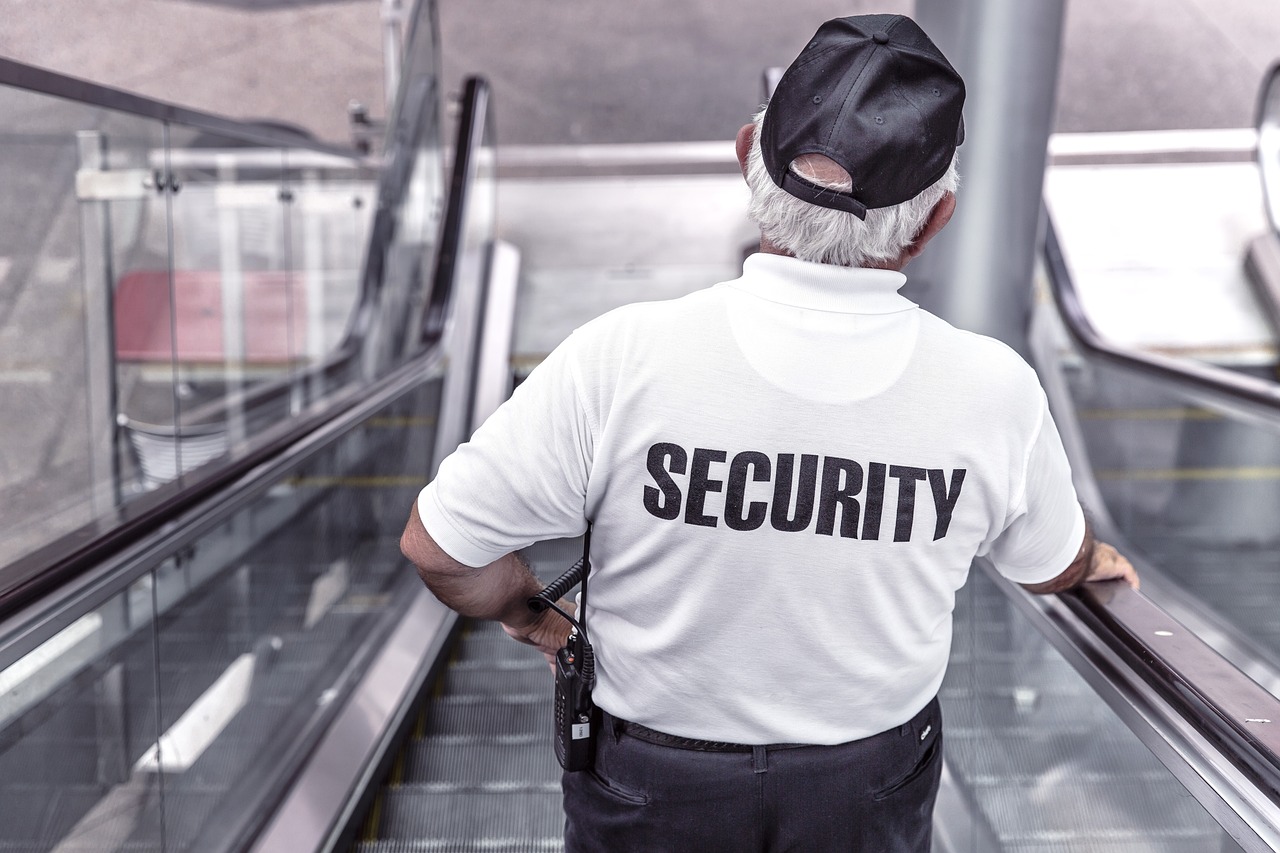
Wildlife Encounters: What to Do
Encountering wildlife in the great outdoors can be one of the most exhilarating parts of camping. However, it can also be a moment of panic if you’re not prepared. Knowing how to react in these situations is crucial for both your safety and the well-being of the animals. Imagine you’re sitting around the campfire, roasting marshmallows, when suddenly, you spot a curious deer or a raccoon sneaking into your food stash. What should you do? Here are some essential tips to keep in mind:
First and foremost, stay calm. Animals can sense fear and agitation, which might provoke them. Instead of running or screaming, take a moment to assess the situation. If you’re dealing with smaller animals like raccoons or squirrels, it’s best to make noise to scare them away. Clap your hands or shout to let them know you’re present. On the other hand, if you encounter larger animals like bears or moose, it’s time to think strategically.
In the case of a bear sighting, remember the acronym BEAR:
- B - Be calm: Do not run. Bears can outrun you.
- E - Evaluate: Assess the bear's behavior. Is it aware of you? Is it approaching?
- A - Act appropriately: If the bear is unaware, back away slowly. If it approaches, stand your ground, speak firmly, and make yourself look bigger.
- R - Retreat safely: If the bear continues to approach, slowly back away without turning your back on it.
Another important aspect of wildlife encounters is food storage. Always keep your food secured in bear-proof containers or hung from a tree if you're in bear country. This not only protects your food but also helps to prevent animals from becoming habituated to human food, which can lead to dangerous encounters in the future.
Additionally, it’s vital to understand the local wildlife. Research before your trip to know what animals you might encounter. For example, in some areas, you might come across snakes. If you do, give them space and avoid provoking them. Most snakes are not aggressive unless threatened. A little knowledge goes a long way in ensuring that you can enjoy the beauty of nature without unnecessary fear.
Lastly, always have a plan for emergencies. Make sure you have a first aid kit handy and know the basic first aid procedures for animal bites or stings. This preparation can make a significant difference in a critical situation.
In summary, wildlife encounters can be thrilling, but they come with responsibilities. By staying calm, being informed, and preparing adequately, you can enjoy the wonders of nature while ensuring your safety and that of the wildlife around you.
Q: What should I do if I see a bear while camping?
A: Stay calm, evaluate the bear's behavior, and act appropriately. Do not run; instead, back away slowly and make noise to alert the bear to your presence.
Q: How can I prevent wildlife from getting into my food?
A: Store food in bear-proof containers or hang it from a tree. Always keep your campsite clean and free of food scraps.
Q: What should I do if I encounter a snake?
A: Give the snake space and avoid provoking it. Most snakes will retreat if left alone.
Q: Is it safe to approach wild animals?
A: No, it is not safe to approach wild animals. Always observe from a distance and respect their space.
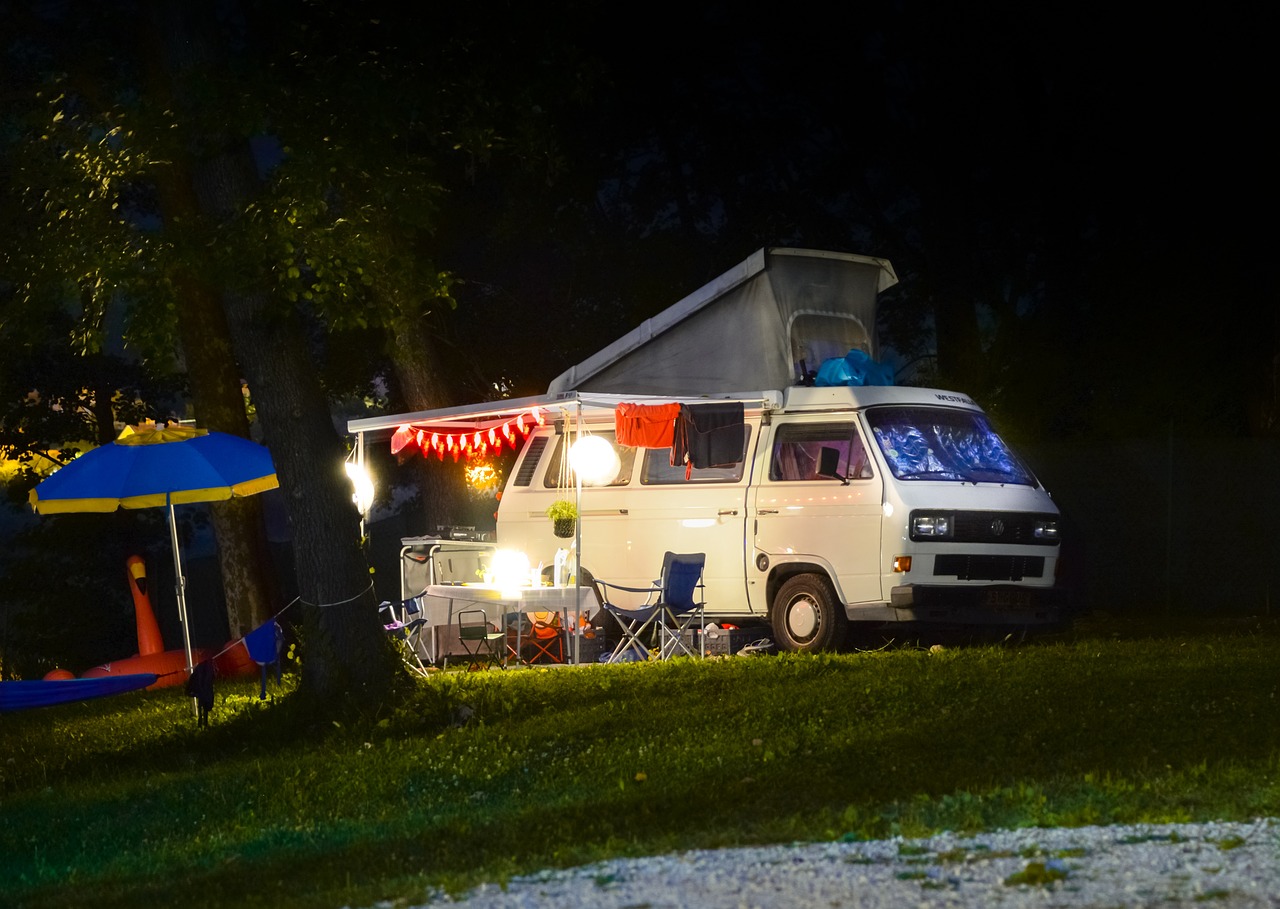
Navigation Tips for Beginners
Getting lost in the wilderness can be a camper's worst nightmare, especially for beginners who may not yet be familiar with navigation techniques. But fear not! With the right tools and knowledge, you can confidently explore the great outdoors without losing your way. First and foremost, always carry a map and compass with you, even if you plan to use a GPS device. Technology can fail, but the basics of navigation will always serve you well.
When using a map, it's essential to understand how to read it properly. Familiarize yourself with the map's legend, which provides information about symbols, terrain features, and scale. Knowing how to identify landmarks can also be crucial; for instance, if you see a river on your map, it can serve as a natural guidepost. You might think of a map as a treasure map, leading you to adventure but requiring careful interpretation to unlock its secrets!
Next, let's talk about the compass. A compass works by pointing towards magnetic north, allowing you to orient your map and determine your direction. To use a compass effectively, start by holding it level in your hand and rotating your body until the needle aligns with the north marking on the compass. This simple action will help you establish your bearings. Remember, navigating is like dancing with nature—you need to be in sync with your surroundings!
In addition to maps and compasses, consider investing in a GPS device or a navigation app on your smartphone. These tools can provide real-time location tracking, but keep in mind that they rely on battery power. Always carry extra batteries or a portable charger, and download offline maps before heading out, just in case you find yourself in an area with poor reception. A good rule of thumb is to have multiple navigation methods to ensure you’re never left in the dark—literally and figuratively!
Another useful tip is to practice your navigation skills before you embark on your camping trip. Take a day hike in a local area, and try using your map and compass to navigate. This practice will build your confidence and help you become more familiar with your tools. Just like learning to ride a bike, the more you practice, the easier it becomes!
Lastly, always pay attention to your surroundings. Use natural landmarks, like mountains or rivers, to help orient yourself. If you notice that the sun is setting to your left, you can deduce that you are facing north. Keeping a mental note of your path and surroundings can be invaluable, especially when retracing your steps. Think of it as creating a mental map of your journey, which will guide you back to safety.
Q: What should I do if I get lost while camping?
A: Stay calm and try to retrace your steps. If you can't find your way, set up a safe spot and use your map and compass or GPS to determine your location. Signal for help if necessary.
Q: How can I improve my navigation skills?
A: Practice using maps and compasses in familiar areas, and consider taking a navigation class. The more you practice, the more comfortable you'll become.
Q: Are there any apps that can help with navigation while camping?
A: Yes! There are several apps available that can provide offline maps and GPS tracking. Some popular options include AllTrails, Gaia GPS, and Maps.me.
Q: Should I rely solely on GPS for navigation?
A: No, it's important to have backup methods, such as a map and compass. Technology can fail, so being prepared with multiple navigation tools is essential.
Frequently Asked Questions
- What should I pack for my first camping trip?
When heading out for your inaugural camping adventure, it's crucial to pack wisely. Start with the essentials: a sturdy tent, a comfortable sleeping bag, a reliable sleeping pad, and cooking supplies. Don’t forget to include a first aid kit, a flashlight, extra batteries, and plenty of food and water. A checklist can help ensure you don’t leave anything behind!
- How do I choose the right campsite?
Selecting the perfect campsite is all about balance. Look for a spot that’s flat and dry, away from water sources to avoid flooding. Check the weather forecast and consider factors like wind and sunlight. If you’re in bear country, ensure your site is at least 100 yards from food storage areas. Remember, the right campsite can make your trip much more enjoyable!
- What are some basic first aid tips I should know?
Basic first aid knowledge can be a lifesaver in the wild. Familiarize yourself with treating common injuries like cuts, scrapes, and insect bites. Always carry a first aid kit stocked with essentials like band-aids, antiseptic wipes, and pain relievers. If someone gets a serious injury, knowing how to stabilize them until help arrives is crucial. Remember, being prepared is half the battle!
- How can I stay safe from wildlife?
Wildlife encounters can be exciting, but safety is paramount. Always store food securely and avoid cooking near your sleeping area to minimize attracting animals. If you spot wildlife, keep your distance and never approach them. Understanding animal behaviors can also help—most animals will avoid you if you give them space. Knowledge is your best defense!
- What navigation tools should I bring?
Getting lost is a common fear for new campers, but a little preparation can go a long way. Bring a detailed map of the area, a compass, and a GPS device if you have one. Familiarize yourself with how to use these tools before your trip. It’s also a good idea to download offline maps on your phone, just in case you lose signal. Trust me, knowing where you are can save you a lot of headaches!
- How do I ensure food safety while camping?
Food safety is key to enjoying your camping experience without any hiccups. Pack perishable items in a cooler with ice packs, and keep everything sealed to avoid attracting pests. Always wash your hands before handling food, and cook meat thoroughly to prevent foodborne illnesses. Remember, a little caution can keep your camping trip fun and healthy!



















